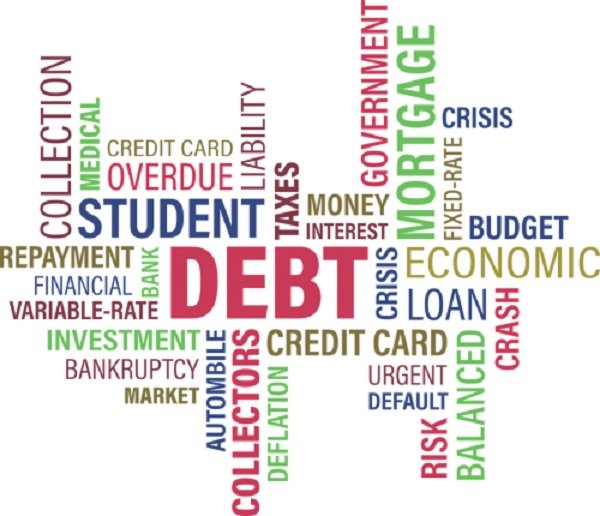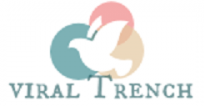At some point in our lives, we need to make investments. Whether we invest in new furniture, a home, a car, or home improvements, we need cash to pay for our purchases. And sometimes, we lack the money needed to buy a home or invest in a business. Deciding on which path to walk on this journey can be challenging. The list of possibilities on how to pay for our expenses can be endless, including choosing to save money. But this can take a couple of years, or you can borrow a considerable amount of money, but it will take decades to pay it back. So, it’s important to choose the right way to pay for your debts. Be meticulous, take the time needed, and seek advice, if needed. Try to get the best deal that suits you.

Table of Contents
Personal loans
Is getting a personal loan a good or a bad idea? It depends – it can be a bad choice if you can choose other options. Otherwise, there are good reasons to choose a personal loan for your expenses. If you go to a reputable lender, then personal loans can be a smart choice. For those who are in doubt about personal loans – it’s when you borrow money from lenders and pay it back with monthly payments, over a fixed period of time. The time when you must end paying back the loan is typical, 2 to 7 years. But here’s the catch: in return for borrowing the money, you must pay interest on the loan. You must pay interest between 6% and 36% of the money borrowed. If you have an excellent credit score, you’re more than eligible to get approved. Ranges may vary, but a credit score model should look like:
- Reasonable: 580-690
- Good: 740-790
- Excellent:800+
If you’re between good and excellent, you’re likely to get approval for your loan application.
Unsecured loans
Unsecured loans are very common – is a loan that is supported only by the debtor’s solvency. They’re often approved without any use of the property or other belongings. Although unsecured loans are riskier, and they come with higher interest rates and also require an excellent credit score. For example:
- Credit cards
- Personal loans
- Student loans
These are examples of unsecured loans. The amount of money you want to borrow depends on your creditworthiness. Before taking an unsecured loan, consider the interest charges.
Secured loans
Secured loans are backed by financial assets you own (house, car). These belongings can be used as payment to borrowers if you don’t pay back the money. The idea is simple: if you don’t pay back the loan, you lose the house. It is a powerful motivator to pay the money back. When applying for secured loans, you’ll have to choose what type of warranty to put up and secure your loan. If you have issues and can’t pay the loan after a while, the lender will put a lien on the warranty. The lien can remain active until you fully pay the loan. If so, the lien will be lifted, and the “warranty” returns to the borrower. If the money isn’t paid back, the lender can choose to sell the “warranty” to cover any loss of the loan. Types of secured loans:
- Mortgage loans
- Car loans
- Secured credit cards
- Secured lines of credit
- Life insurance loans
- Pawn Shop loans
The most common type of secured loan is a mortgage loan. These are the most “securable” loans, as the borrower will put their house up as collateral. If the borrower doesn’t pay back the money, they can lose the home. Unless you switch mortgage lenders. In today’s modern mortgage market, it can be very simple to switch home loans. It means that you can change the bank of the home lender you already have a loan with. How to switch mortgages? It’s not that difficult, especially if you use a switching mortgage calculator. You can even apply online for it in five simple steps that will only take a few minutes. However, remember that switching home loans can mean extra fees. Some lenders will take extra money from you if you decide to pay your existing mortgage earlier. So, make sure that is a smart decision for you. But don’t worry, the costs aren’t as high as you think. The fee can be around $500 – but the calculator will take that into account when showing the result of how much money you can save if you switch home loans.
Short-term loans
Short-term loans are common – is the type of loan that is obtained for a temporary business capital need, or temporary personal use. Unlike personal loans, short-term loans involve interest rates that need to be paid within a year since the date of the approval. It is a valuable option for people who want to open a small business, travel, make home improvements, pay for sudden unpleasant events (funerals). These loans are called “short-term” because of how fast the loan needs to be paid back. In some cases, it must be paid within 6 months. Any other loan that exceeds this amount of time is considered a medium- or long-term loan. Long-term loans can be paid even within 30 years. As an example, a long-term loan will help you buy your first home, and pay the money back after at least 25 years.
Where to start?
If you’re looking to borrow money and keep your costs down, you must choose a loan with low-interest rates. It might be the best way for you to borrow money. Of course, depending on your needs, borrowing money can result in applying for a personal loan or a credit card. These are common ways for people to borrow money, but aren’t the only ones. To decide which is the best way to borrow money, you have to consider first how much money you need, and how you’re planning to pay it back. When it comes to borrowing money, you have to think about what’s best for you, so consider your goal line, your credit score, and your financial situation. If in doubt, do your research again.




